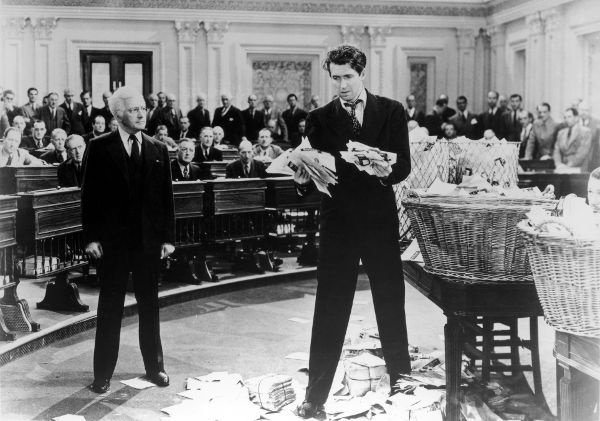January 30, 2013
Private: Will the Filibuster Rules Changes Speed up District Judge Confirmations?
113th Senate, confirmations, Covington and Burling Advisory, judicial nomination and confirmation process, Judicial Vacancies, President Obama, Russell Wheeler, Senate procedural changes, The Brookings Institution
by Russell Wheeler, Visiting Fellow, The Brookings Institution
My recent ACS Issues Brief was not overly optimistic about the likely efficacy of various proposals to speed the nomination and confirmation of district and circuit judges in President Obama’s second term. Any significant changes, for that matter, stand little chance of adoption in the midst of contentious confirmation battles.
A modest change to Senate procedures, though, adopted after the Brief was prepared, may shorten the time between district nominees’ Judiciary Committee hearings and any floor votes to confirm the nominations.
Judicial nomination processing times in Obama’s first term increased substantially over those in the first terms of Presidents Clinton and Bush -- 223 days on average from nomination to confirmation for district judges, compared to 93 days for Clinton’s first term district appointees and 155 for Bush’s. And unlike in the Clinton and Bush first terms, the bulk of the time that Obama’s appointees waited came after their Judiciary Committee hearings. Once Clinton’s appointees got hearings, they waited only 30 days for their confirmation votes. Bush’s district appointees waited 54 days. Obama’s first term district appointees, by contrast, waited an average of 142 days.
Near-eight month average wait times from nomination to confirmation have several deleterious effects, especially when combined with the over a year wait time on average between the vacancy (or its announcement) and the nomination. For one thing, obviously, a vacant judgeship is not a productive judgeship. Moreover the time potential nominees wait as senators and the White House jostle over whom to nominate, and the time actual nominees spend waiting for hearings and floor votes, can put their professional lives in limbo. Potential clients will be wary of signing on with a lawyer who’s being talked about for a judgeship, much less one whose nomination is before the Senate. Even state judges, term-limited federal judges, and government and public defender lawyers may be reluctant to become the object of extended delay and public speculation. In short, the nomination and confirmation process discourages some quality potential judges from putting themselves forward as candidates and thus serves itself as a barrier to filling vacancies.
One recent Senate procedural change might reverse, albeit modestly, the growing time lag between nomination and confirmation; it shortens the maximum allowable hours for post-cloture debate on a district nominee from 30 hours to two hours. Any significant time savings will not come, obviously, from shaving a mere 28 hours off a process now measured in months. Rather, the change should make the majority leader more likely to bring nominations to the floor sooner than he might otherwise, even at the risk of a filibuster, because he will be able to seek a cloture vote to shut if off without fear of squandering a lot of valuable floor time simply to get some district confirmations.
This change is not a change to the Senate rules. According to a Covington and Burling Advisory, the Senate adopted it as part of a standing order, which will expire at the end of the 113th Senate. But we can monitor the process in this Congress to see if it has an apparent effect on nomination to confirmation times for district judges.
The change does not apply to circuit (or Supreme Court) nominees because those nominations have been more contentious than those to district court vacancies. Instead, the change may be a step toward putting district and circuit nominations on different paths, as advocated, for example, by Columbia Law School’s Michael Shenkman.
For the longer term, as suggested in the ACS Issues Brief, the administration might consider creation of a three-branch, truly bi-partisan task force to develop more substantial proposals that could be debated in the 2016 campaign and perhaps implemented by the next president and the 115th Senate. But implementation is likely only if all parties realize that it is in their self-interest to fix the broken judicial nomination and confirmation process.




